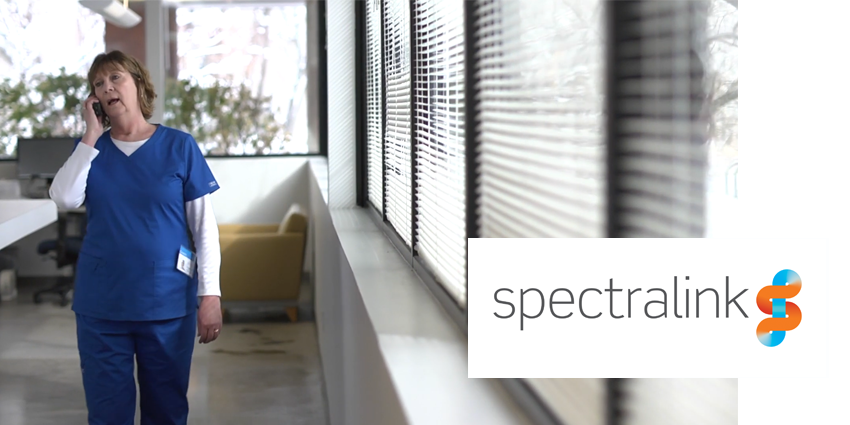Technology has proven it’s a force to be reckoned with when it comes to transforming organizations, business models and entire industries. But not all technology is created equal when it comes to driving real change, especially in highly complex and competitive industries like healthcare, retail and manufacturing.
So which technologies are keys to transformational success when it comes to empowering measurable improvements in these industries? Following are what I see as the three top contenders that have earned their place as transformative powerhouses.
Today’s Top Transformers: IoT, Cloud and Mobile
1 – The Internet of Things (IoT)
Gartner predicts IoT will encompass some 20.4 billion devices by 2020. That’s a growth trend that’s been gaining momentum since 2016, when IoT devices began their meteoric rise from just over 6 billion to 11 billion in 2018. And with each growth surge, the amount of data being collected by these devices continues to increase exponentially.
That wealth of data generated by IoT is what makes for such a powerful disruptor. Through effective data mining and analytics, healthcare, retail and manufacturing organisations can identify and apply a universe of data-driven insights which lead to more informed decisions and strategies, better products and services, more efficient processes and better collaboration and innovation.
2 – Cloud technology

The worldwide public cloud services market is expected to have grown 17.5 percent in 2019 to a whopping $214.3 billion—that’s up from $182.4 billion in 2018. Whether private, public or hybrid, cloud is enabling organisations to rapidly integrate new and more advanced technology across their IT infrastructures and operations for less money, lower risk and in far less time than ever before. That means organisations like hospitals, brick-and-mortar retailers, and manufacturing plants can integrate new technology with legacy systems and fast-forward deployments of new tools and solutions that empower their staff in new ways to enhance customer care, reduce costs, and improve worker safety, efficiency and productivity. They can do this while leveraging the technology for scalability, security and ease of access.
3 – Enterprise mobility
Researchers estimate that today over 5 billion people worldwide own and use mobile devices—most of which are smartphones. And mobile is just as prolific on the business front. According to VDC Research, there are 1.3 billion mobile workers worldwide, which translates into 50 percent of total workers overall. All of this mobility is fuelling a fundamental shift in how people and organisations work by providing anytime, anywhere access to information and resources.
In healthcare, for example, mobile gives caregivers ready access to real-time patient information at the bedside so they can provide more informed and responsive care. In retail, it allows associates to provide more personalised customer care at every interaction to grow customer sales and loyalty. And in manufacturing, it means products can be moved through the supply chain with real-time communication around the clock for on-time delivery.
Mobile brings today’s top technologies together to fuel industry transformation
But mobile also plays another critical role that is essential to true industry transformation. In essence, it provides the foundation for organisations to place the true power and potential of cloud and IoT, as well as AI and other emerging technologies into the hands of their workers. It does so by mobilising them in new and practical ways that directly affect how workers connect, collaborate and access real-time information and insights.
To see what I mean, take a deeper look at how healthcare, retail and manufacturing are using mobile, cloud and IoT to transform what’s possible for their workers and industries.
Healthcare
- Better patient care – Next-gen mobile solutions provide secure integration with EHR systems, so caregivers have ready access to real-time patient data to inform care decisions at the bedside. Secure, reliable connectivity improves team collaboration across the care continuum.
- Increased responsiveness – Nurses can get alerts from IoT devices, monitoring equipment and legacy nurse call and other communications systems on their mobile devices to streamline communications, improve responsiveness and reduce alarm fatigue.
- Improved workflows – Clinicians can save time and reduce errors with smart mobile devices that streamline tasks with cloud-enabled industry apps. They can minimise data entry with built-in RFID and other scanning capabilities as well as EHR integration to double-check treatment methods.
Retail
- Elevating the customer experience – Associates can easily gain access to relevant customer data to provide more personalised service for consumers. They can also use AI and other advanced analytics on their mobile device to provide more targeted offers and suggestions that buyers value.
- Expanding shopper conveniences – Cloud-enabled mobile apps and other on-the-go resources allow associates to provide consumers with a broader range of services and conveniences, transforming physical stores into distribution hubs that expedite the omni-channel process.
- Reducing costs, improving inventory accuracy – By integrating IoT technologies with mobile devices, retail managers can monitor and predict consumer buying behaviours and patterns to inform product purchases and inventory levels.
Manufacturing
- Predict and prevent downtime – IoT technology equips machines to send performance reports to managers via their mobile devices. Using AI and cloud technology to identify indicators of upcoming performance failures, companies can harness IoT technology to provide preventative maintenance.
- Improve worker safety and efficiency – With hands-on access to real-time IoT data, companies can produce safer and faster processes to minimise worker risk while producing products at a faster rate.
- Troubleshoot, resolve problems faster – Ruggedised mobile devices with voice-optimisation technology such as echo cancellation ensure that maintenance personnel can be reached immediately. Technicians can use headsets as they work on machinery or give direction to other staff.
In 2020 smart mobile solutions will lead transformative successes at enterprise companies, opening the door to advantages that help organisations optimise their performance.
Guest Blog by Andrew Duncan, Vice President of Product Management and Technology Solutions, Spectralink
Spectralink Corporation is a leader in enterprise mobility solutions. For 20+ years, Andrew has been focused on developing and launching successful, scalable product solutions.







